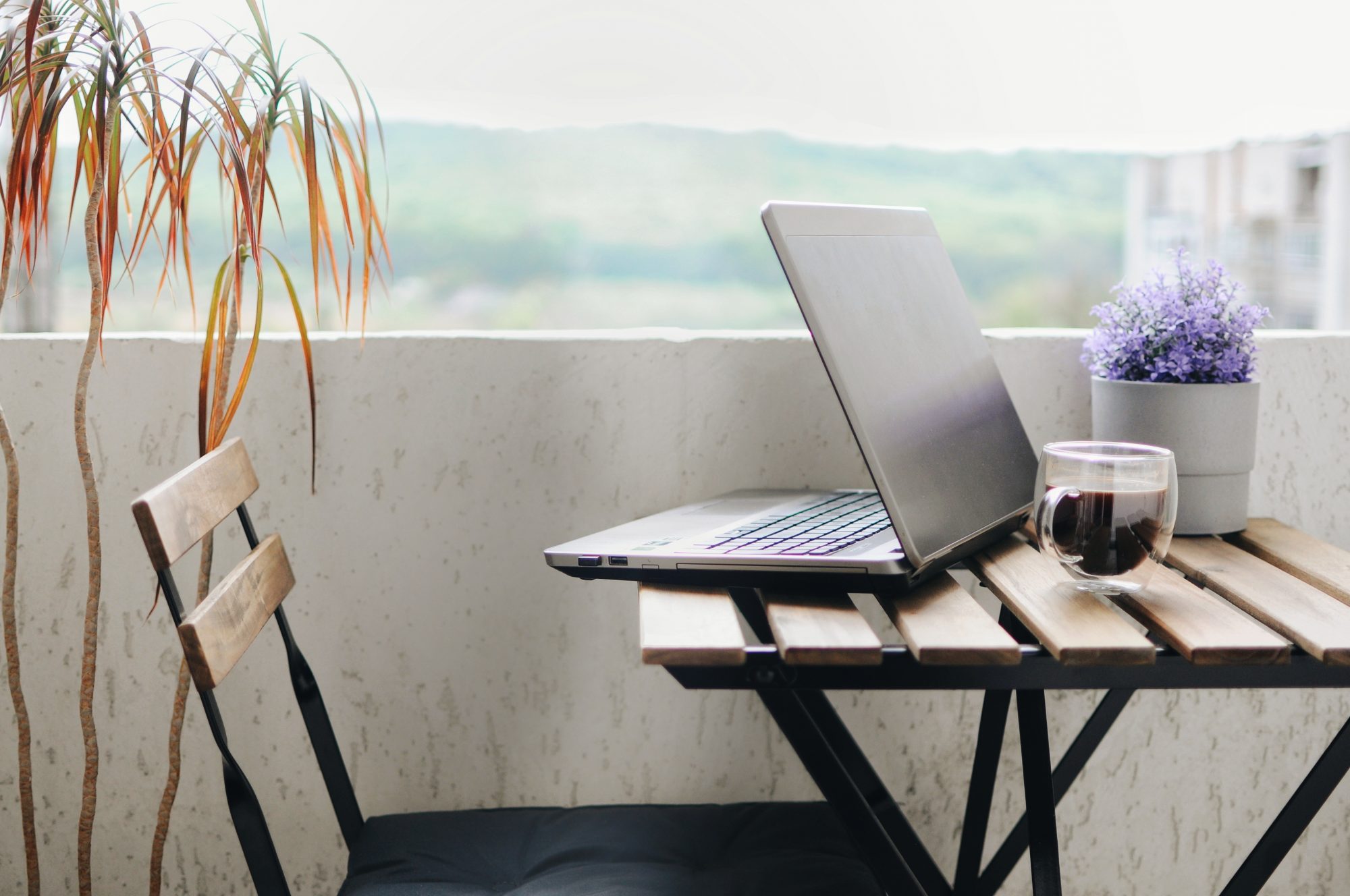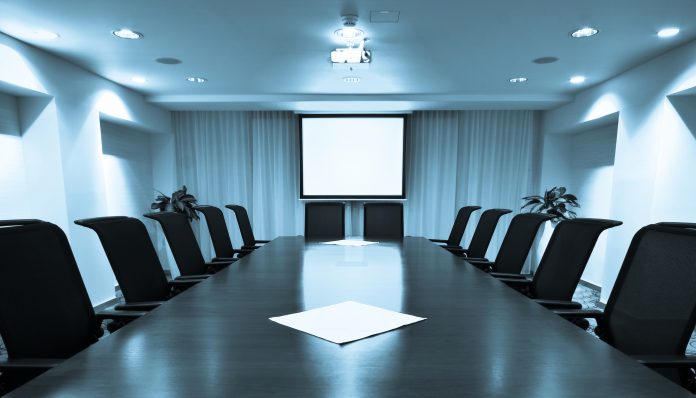Alison White of PLACEmaking asks what impact the post-COVID pandemic workplace has had on the traditional office meeting room
In the world of office based work pre pandemic there were six acknowledged types of face to face interactions generally associated with the term ‘having a meeting’
- Decision making – generally senior management
- Status updates or Town Halls
- Progress reporting
- Team Building
- Problem Solving, and
- Innovative brainstorming
Each of these activities had different purposes and desired outcomes but essentially all of them were all focused on communication. Some carefully choreographed, others more spontaneous. Large numbers of them were routine and with a predictable pattern of information gathering and message delivery. Post pandemic we’re still doing all of these activities, we’re just doing them differently now.
A common theme in pre pandemic staff surveys was how often people were not at all clear which of these six types of interactions applied to the event they were attending nor the purpose, why they were invited and what was expected of them.
Changing opinions on the traditional meeting room
Opinions on meeting rooms was also revealing. These spaces had not evolved since ‘space planning’ was first introduced in the UK in the 1970’s. Aside from decorative differences, any manager from then would recognise the same basic room layout now: a large table with chairs facing inwards. This made sense in that past when we were all physically present, listening to what we each had to say, reading papers and validating agreements and actions. There may have been a few modernising touches like a large format digital screen fixed to the wall at one end of the table but essentially the typical meeting room hasn’t changed and neither has how meetings are conducted.
Yet how we work has changed dramatically. During the two years of world wide ‘disruption’ the take up of change has been so significant that if one of the UK government’s favoured graphs showed the rate of escalation of work related change the trend line would be almost vertical. We’ve heard a lot from a UK minister or two about ‘encouraging’ people to return to the office but we’ve heard very little about what they’d be returning for and therefore what types of facilities they need when they actually go there.

How key are they in the post COVID pandemic workplace?
Meeting rooms have a key role in welcoming a new and different era and way of working, both as a place that hosts hybrid collaborative activities but also as a symbol to acknowledging the transition we’ve all experienced and how we’re willing to carry on embracing new solutions. Many organisations have adopted hybrid working: encouraging remote working balanced with high value time spent in the office. The landscape of the retained office, no matter how big or small must change to reflect this different way of working and any assumptions that the ‘good old’ meeting rooms can be the sole solution for all six collaboration and interactive activities is short sighted.
Surveys also highlight that whilst we might not like going to meeting or being in a typically dull meeting rooms, not having them or changing them for something different and unfamiliar seems to worry both those responsible to provide and service our office spaces as well as those of us that use them.
A quick trot through history might suggest it might be about ‘aspiration’, perhaps being invited to a ‘meeting’ suggests a step up the career ladder. Meeting rooms had a specific function in times past when business management methods were slower and more formal. Most organisations had a small number of meeting rooms exclusively used by management grades. The board room was of course, the most special of all and only used by very senior management and for very formal meetings.
Back then collecting information was generally a manual process: administrative teams processed specific performance information in paper reports that were collated and passed to senior managers manually. The only people who had full view to all of the business performance information were senior management. Their meetings were confidential, held behind closed doors where something apparently magical happened because instructions emerged and were passed down the chain of command to the shop floor to “do something different/faster/better/etc.” and then of course the same reporting process starting all over again for the next round of meetings. Therefore being invited to a meeting suggested you had something of value to contribute, you felt special.
More recently technology has been introduced in these same blueprint rooms including large format screens often added on the wall at one of the table but aside from that, rooms went largely unchanged. This changed the focus from eye contact across the table to all gazing at the screen viewing what was displayed often away from eye contact with the presenter of the information. This was regarded as ‘modern’ so the same blueprint was replicated across multiple meeting rooms without understanding the consequence. In place of active interaction, participation in meetings became passive often reduced to ‘death by power point’ presentations.
These same rooms, furniture and technology assets are now often the only option for meetings with many participameeting roomnts increasingly attending digitally. With limited investment in the physical infrastructure and preparing people for successfully hosting and participating in such hybrid ‘meetings’ there is a risk that what should be a new opportunity falls in to the same trap of frustrating the participants and failing to meet new challenges and expectations.
So how do we change our meeting room culture?
We need to rethink the culture and purpose of meetings. In fact let’s stop calling them meetings. Let’s tell people which of the six activity types we are inviting them too, what they can expect and what is expected of them. Let’s provide a range of spaces with facilities and assets that they can choose to properly host the activities we want to encourage.
Culturally we need to be convinced that time spent ‘meeting’ others will be rewarding. We want choice on how best we can contribute – in person or digitally attending. When we do meet, we want facilities that are richer in quality and variety, inspire us to innovate, problem solve and envisage better ways to achieve shared objectives.
We want spaces that we can adapt to best meet our needs. The experience of everyone should be equal and not giving priority just to those who are physically present. We all have limited time to waste so we expect intuitively functioning technology with materials, tools and equipment on hand and fully functioning. In other words we want properly serviced solutions relevant to our now well established change in ways of working.
Please note: This is a commercial profile
© 2019. This work is licensed under CC-BY-NC-ND.











